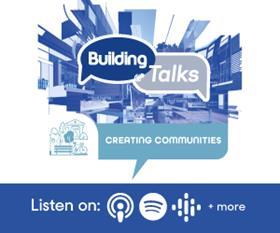
Today ║├╔½Ž╚╔·TV has released episode 2 of its ║├╔½Ž╚╔·TV Talks podcast, dedicating four episodes to interviews with leading names in urban design about their approaches to community-building.
New developments can face massive local opposition, attacked for poor design, a lack of public services and low quality civic space.
These are some of the challenges we will be tackling in this series by talking to professionals about their projects, influences and motivations.
Our guest in todayŌĆÖs episode is Selina Mason, director of masterplanning and strategic design at Lendlease. She has been at the heart of debates around urban design and how we build better cities for the last two decades. Few people have the wide-ranging experiencing of public and private sector that Mason draws on to inform her approach to practice.
In her current role she is overseeing the development of the massive Smithfield masterplan in central Birmingham, but in her previous jobs, she has been director of architecture and design review at CABE, and was closely involved in the design of both the 2012 Olympics, and the delivery of the gamesŌĆÖ legacy.
She is a huge advocate for a greater focus on people-focused urbanism, and in this podcast interview, she highlights the need for engagement and consultation.
Several of the interviewees in the ║├╔½Ž╚╔·TV Talks podcast series questioned the use of the term ŌĆ£placemakingŌĆØ because it is now sometimes seen as implying something that is done to communities, and that there are not already places where urban designers and developers undertake their work.
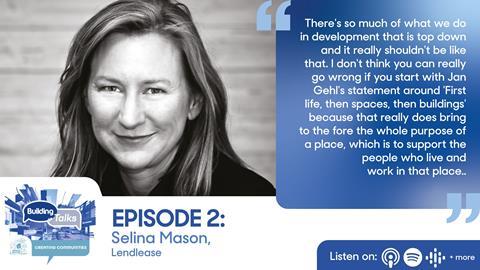
When we asked Mason about this issue, she said: ŌĆ£So much of what we do in development is top down, and it really shouldnŌĆÖt be like that. ŌĆśPlacemakingŌĆÖ is a kind of shorthand that we use in the industry, that isnŌĆÖt always [well] received outside of industry conversations in the way that weŌĆÖd expect it to.
ŌĆ£ItŌĆÖs a ŌĆśthis is being done to me, not with meŌĆÖ, type of word. But I think the fundamentals of it are that youŌĆÖre making a place that feels relevant and useful to the people that live and work there. And I think thatŌĆÖs something we often lose sight of.
ŌĆ£I donŌĆÖt think you can really go wrong if you stick to Jan GehlŌĆÖs statement of ŌĆśfirst life, then spaces, then buildingsŌĆÖ because that really does bring to the fore the whole purpose of a place, which is to support those who live and work there.ŌĆØ
In the podcast interview she describes how seeing her parents commission an architect to design their own family home in Norfolk when she was still a child became a ŌĆ£really transformativeŌĆØ experience.
Mason studied architecture at Sheffield and Cambridge, before going to do a masterŌĆÖs in planning at the LSE. She was always drawn to the ŌĆ£bigger pictureŌĆØ side of working in the built environment, and so it was perhaps inevitable that she would be drawn into the world of urban design and masterplanning.
The seven years she then spent at CABE were hugely formative: ŌĆ£Every minute of learning there was just brilliantŌĆØ, she says of her time at the built environment commission. This was followed by another seven years working on the build-up and follow-through from the Olympics, where she spent her time putting everything she had learned at CABE ŌĆ£into practice.ŌĆØ
With such a wealth of experience, it is no wonder that Mason is now working on such a large scale for one of the UKŌĆÖs leading urban developers. The Birmingham Smithfield scheme is seeking to regenerate a site in the centre of the city that was once occupied by a wholesale market.
Lendlease is known creating high quality developments that seek to use good design in the pursuit of financial returns. Mason does not shy away from the commercial side or her role ŌĆō indeed she sees commercial viability as essential to delivering good quality, sustainable development.
Asked why more UK schemes are not delivering the type of quality urbanism she would like to see, she attributes some of the blame to ŌĆ£a complete disjuncture between planning and urban design, and highways design and highways delivery [ŌĆ”] theyŌĆÖre poles apart, both in terms of their design drivers, and in terms of what good looks like in those different worlds.ŌĆØ
Mason believes the built environment agenda has moved on significantly since her time at CABE, and now places a much greater emphasis on social value and the reuse of buildings. To hear more about these issues and rest of the interview in full, follow the link below.
Last weekŌĆÖs guest was Jo Wright at Perkins & Will, and in future weeks we will be talking to David Rudlin at BDP and Anna Mansfield at Publica. These interviews are part of ║├╔½Ž╚╔·TV the Future CommissionŌĆÖs focus on creating communities, and the podcast is co-hosted by ║├╔½Ž╚╔·TVŌĆÖs architectural editor Ben Flatman and ║├╔½Ž╚╔·TVŌĆÖs editor Chloe McCulloch.
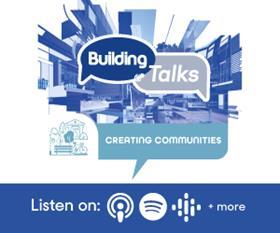
You can hear episode 2 of the podcast series by clicking on the player at the top of the story and below. And if you wish to subscribe so that you receive each podcast in the series at the time of release each Tuesday, then go to one of the main podcast providers such as and .




















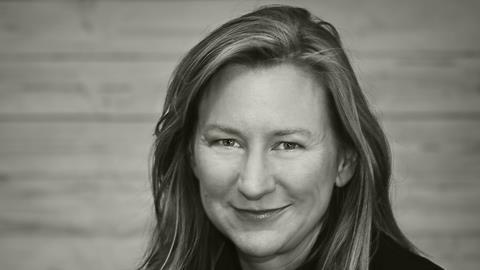
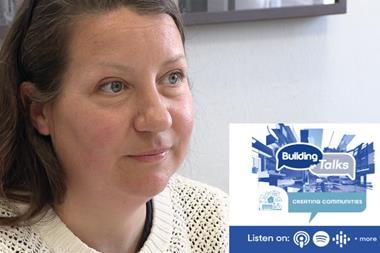
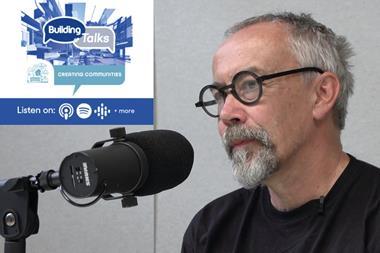

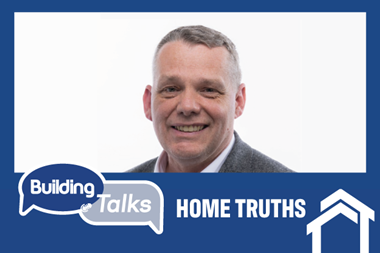
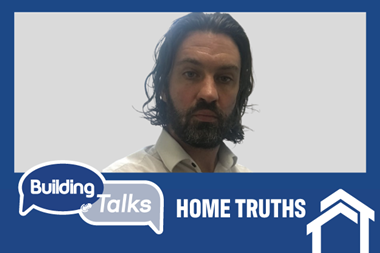

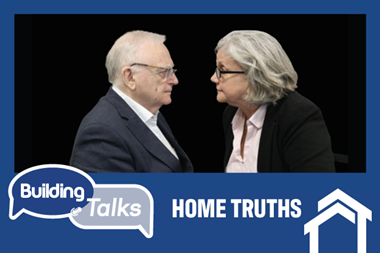







No comments yet